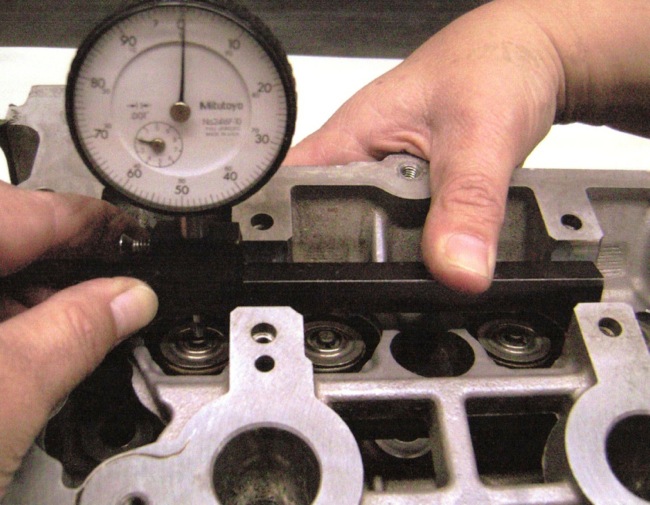Future Alternative Fuels Could be a Gas
Alternative fuels such as E85 and biodiesel that were once considered fringe fuels are now mainstream. You can burn any mixture of gasoline and E85 in any vehicle that is Flex Fuel capable. As for biodiesel, blends ranging from B05 (5% biodiesel) to B100 (100% biodiesel) are being used in all kinds of diesel applications.
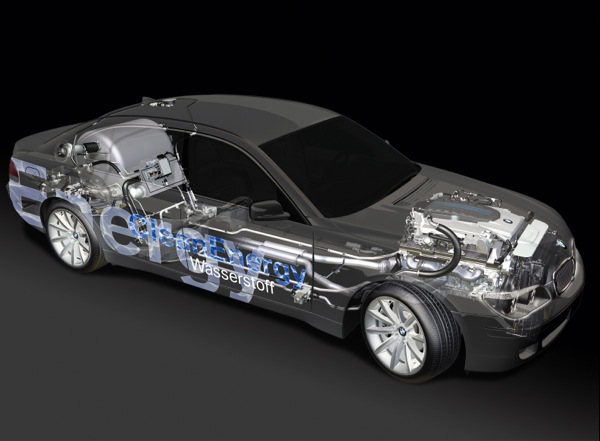
Learning To Race Pro Stock
My transition in 1975 from bracket racing a 122˝ wheelbase mid-eleven second, two-ton ’57 Mercury to racing in a low nine-second 99˝ wheelbase, Pinto Pro Stock car, was quite a jump. I was jaded with bracket racing and wanted to run heads up – all out with a door car. So, Pro Stock was it.
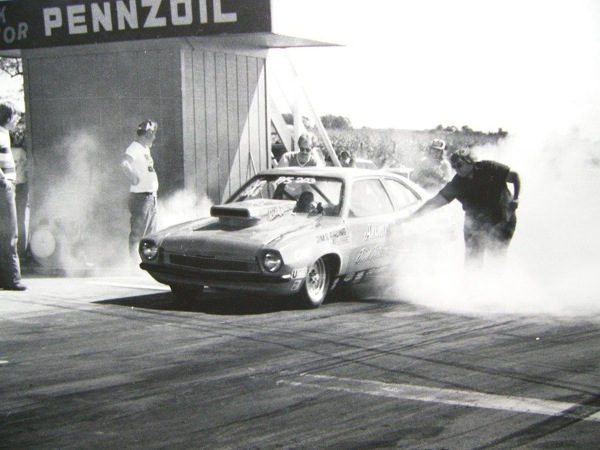
Building a 392 Magnum for the Independence Fund
Ever since the column I did in about stroker motors a few years ago (“Love the One You’re With,” Engine Builder, March 2010), the idea of building one of these engines, a less than everyday stroker combination, has been on my mind. To recap, the premise of the article was simple — Look at the
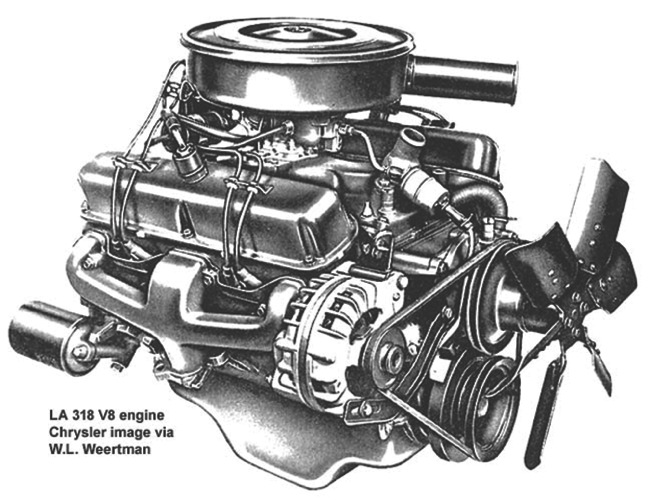
Building Blocks: The Foundation of Any Engine Build
Every engine project starts with the block because the block is the foundation for everything else that follows. The block determines bore and stroke, camshaft and lifter location, oil pump location and oil galley configuration, what kind of main bearing caps can be used to support the crankshaft, and what kind of cylinder heads, oil
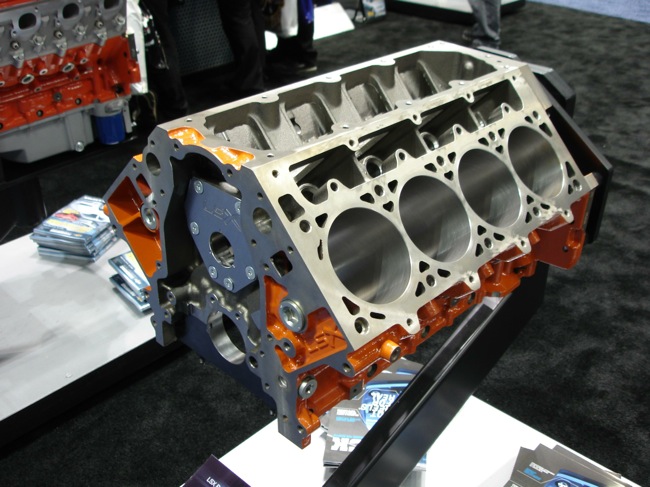
Blast From the Past: Learning to Race Pro Stock
My transition in 1975 from bracket racing a 122˝ wheelbase mid-eleven second, two-ton ’57 Mercury to racing in a low nine-second 99˝ wheelbase, Pinto Pro Stock car, was quite a jump. I was jaded with bracket racing and wanted to run heads up – all out with a door car. So, Pro Stock was it.
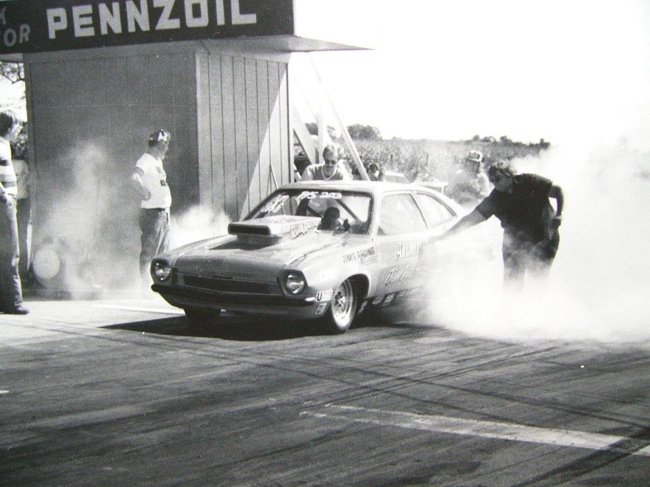
December Issue Shop Solutions for Engine Builders
Piston Ring Gapping Tip Some of you may know this ring end gapping tip, but I have never seen it anywhere. Not even in ring package instructions. This has to do with checking the flimsy oil rail gaps. Most conventional size bores are not much of a problem. The rails on those sizes usually have a lot
